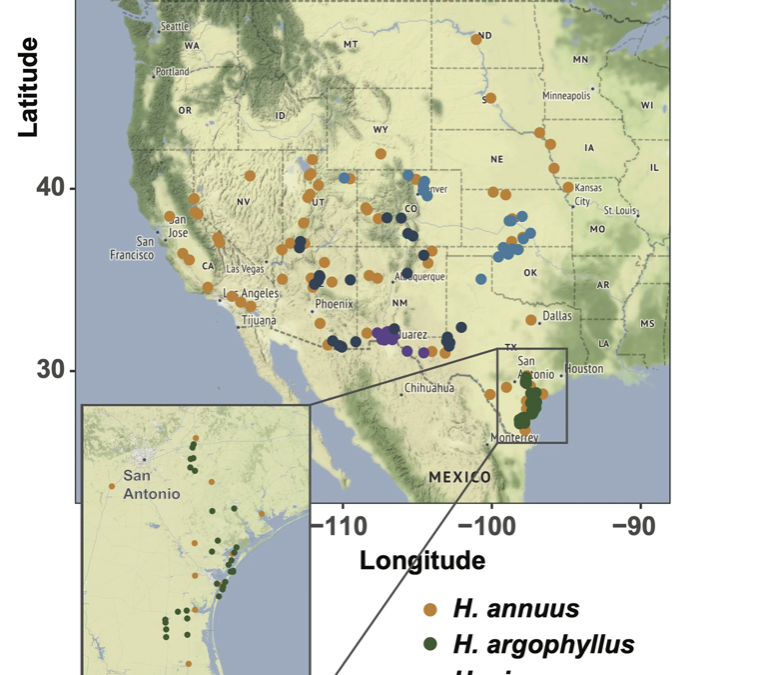
New Paper: HeliantHOME, a public and centralized database of phenotypic sunflower data
New paper in Scientific Data: “HeliantHOME, a public and centralized database of phenotypic sunflower data”. We have created HeliantHOME (http://www.helianthome.org), a curated, public, and interactive database of phenotypes including developmental, structural and environmental ones, obtained from a large collection of both wild and cultivated sunflower individuals.

